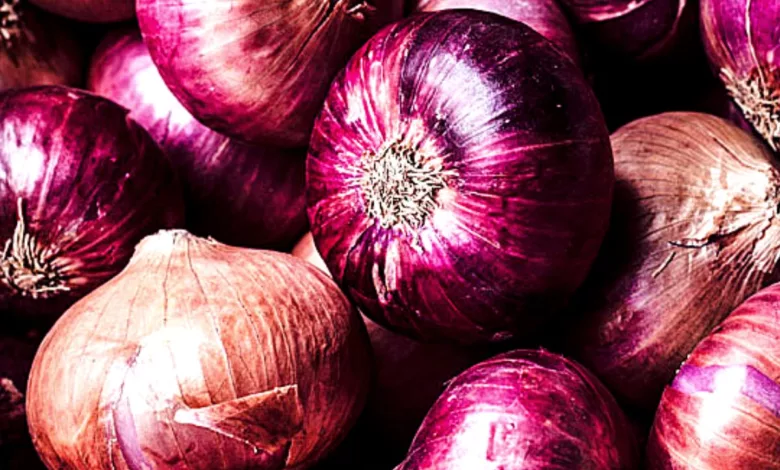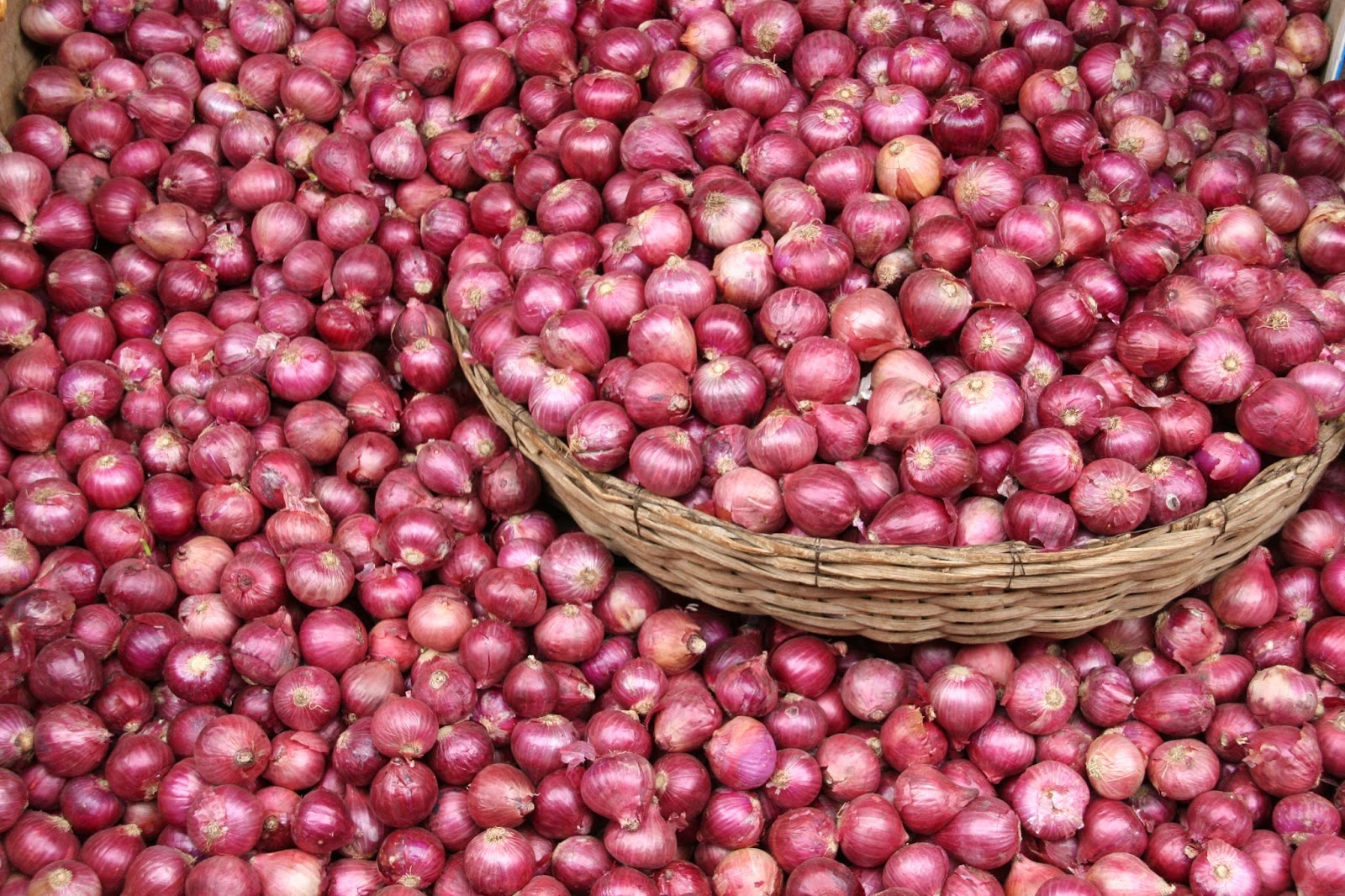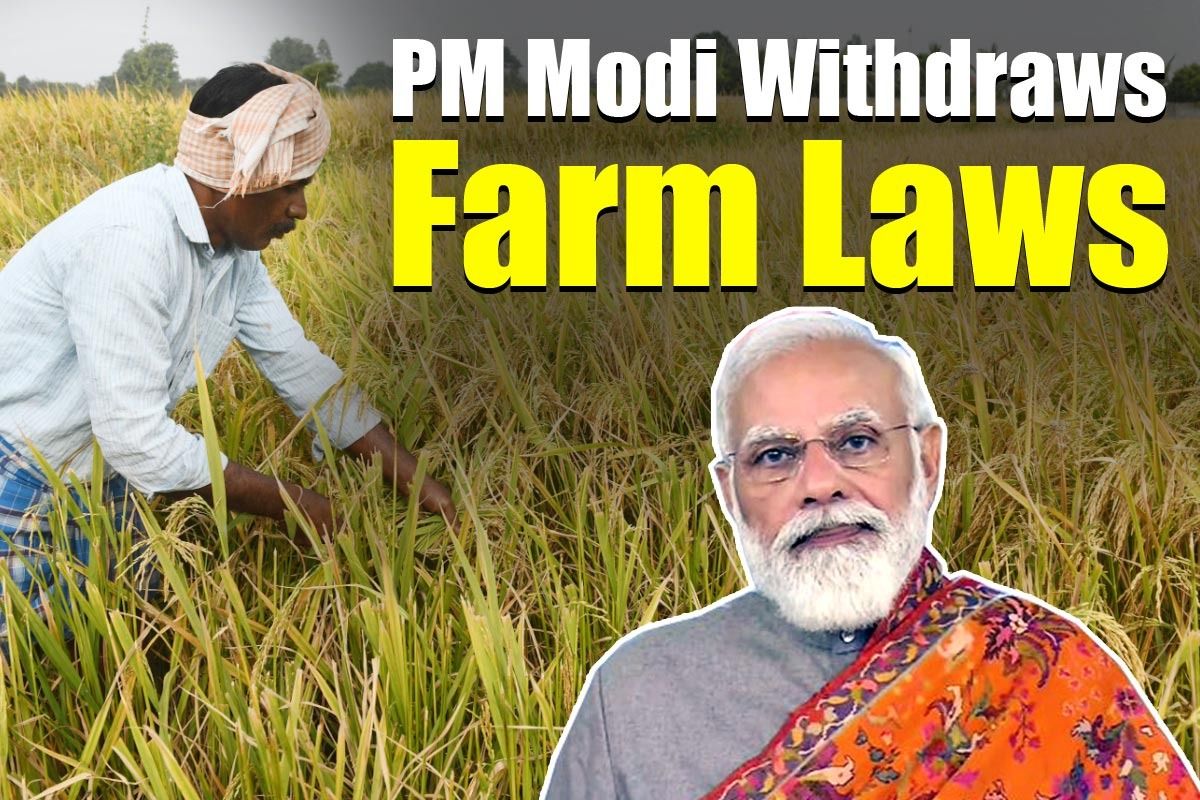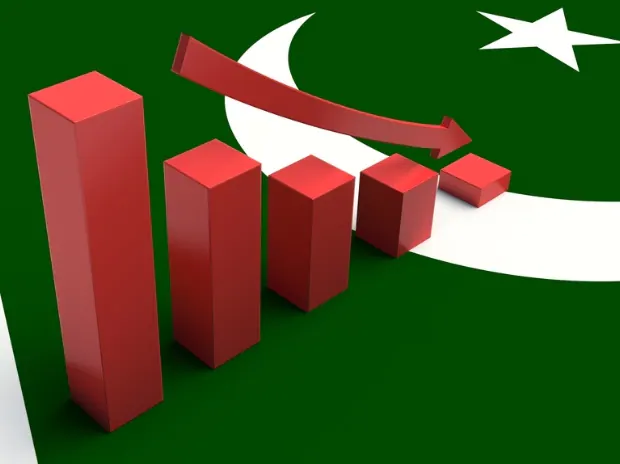Onion Prices: The New Headache To The Farmers Of The Nation
An increase in Kharif onion acreage in Maharashtra has led to an almost 20% productivity rise, which is to blame for the oversupply and hence, the prices.

In response to the decline in onion prices, Maharashtra Chief Minister Eknath Shinde said that his government will pay onion growers ₹300 per quintal in subsidy. The CM made the statement in the Maharashtra Assembly during the continuing state budget session. Farmers of these common kitchen vegetables are in trouble because of falling prices at Nashik’s Agricultural Product Market Committee (APMC), the biggest wholesale onion market in Asia.
Shinde stated In February that they fully support the onion producers of Maharashtra. Onion procurement has begun by NAFED (National Agricultural Cooperative Marketing Federation of India Ltd), which will raise prices. Devendra Fadnavis, the deputy chief minister of Maharashtra, recently reported to the legislature that 18,743 quintals of onions had been bought from the market by the National Agricultural Cooperative Marketing Federation of India. The Union Ministry of apex organization of Agriculture, NAFED, handles marketing cooperatives for agricultural products in India. NAFED raised its onion purchases at the request, and farmers have already provided 2.38 lakh tonnes.

Mr. Shinde made the statement on the second day of the state legislative budget session that if any area lacks a procurement center, it would be made available to farmers. Farmers will receive financial support if necessary, added the chief minister.
What is the subject of conflict between onion farmers and the administration?
The growers, who had disrupted the APMC auction last week for a day, were furious when last week, the price per kilogram of onion dropped to ₹2 to ₹4. The onion output of the country is predicted to increase to 318 lakh tonnes in the crop year 2022–23 (July–June) from 316.98 lakh tonnes the year before. Angry farmers forced the Lasalgaon Agricultural Product Market Committee in Maharashtra, Asia’s largest onion market, to halt the auction of the onion after the price per kilogram of onions dropped to ₹2 to ₹4.
Why did the prices of onion fall?
Onion is harvested thrice a year, with cropping seasons throughout Kharif, Late Kharif, and Rabi. The most crucial time to harvest rabi onions is between March and May since this period accounts for between 72 and 75 percent of the country’s total output.
An increase in Kharif onion acreage in Maharashtra has led to an almost 20% productivity rise, which is to blame for the oversupply. In comparison to Rabi onions, kharif onions have a shorter shelf life. While rabi onions can be kept for up to six months after harvest, kharif onions must be sold within 1 week.

The extraordinary spike in temperature over North-West India in February 2023 is also responsible for early crop maturation this year. In North India, the early maturity of the potato and cauliflower crops is another effect of the rising temperatures.
The demand has fallen short of the supply, while the onion output has increased in other states, resulting in a decrease in prices. Since onion is a perishable crop, it cannot be subject to a minimum support price. The prices of onions were a contentious topic in the connection between farmers who grow them, according to CM Shinde, who also noted that onion is a significant cash crop in Maharashtra.
The words of the opponent.
How is it possible that a government decision would be made without resistance from the candidate of the opposing party? Thus, NCP leader Mr. Chhagan Bhujbal is responsible for this task. In response to Shinde’s decision, he claimed farmers were asking for a subsidy of Rs 1,000/quintal due to rising onion production expenses. Farmers had been treated unfairly by the government by receiving a subsidy of just Rs. 300 when they had anticipated Rs. 500, he claimed.
Number of onion farms in states.
- Maharashtra is the major producer with a share of roughly 43 percent.
- Madhya Pradesh 16 percent.
- Karnataka and Gujarat contribute around 9 percent of the national output.

Can repealed farm laws have rescued farmers?
The three agricultural regulations introduced by the government in 2020, according to Professor Rakesh Singh of the Department of Agriculture-Economics in the Faculty of Agricultural Sciences at Benaras Hindu University (BHU), could have changed the market. Yet after widespread farmer protests, the government overturned the restrictions in 2021.
Increasing the number of purchasers in the market was the primary intent of such legislation. According to Singh, if the Farmers’ Act had not been abolished, the market would have seen a rise in customers like processors, exporters, and hotel associations, which would have prevented the market prices of onions and other vegetables from falling as much as they have in recent months.
How to halt “farm bloodbath”?
It’s a “farm bloodbath,” according to renowned food policy pundit Devinder Sharma. Farmers always decrease the number of acreages planted the next season if crop prices drop. Due to the crop’s deficiency, the demand for the product rises. Farmers are encouraged to cultivate the crops in big amounts due to the favorable environment and rising demand, which causes a glut.
Should we help the neighbors?
There are issues with the cost of other vegetables also, not only onions. Farmers in Punjab and a few politicians are in favor of exporting wheat, potatoes, and tomatoes to Pakistan, where the cost of a quintal of wheat is Rs 4,200. The potato and onion prices at a neighbor’s home are supposed to be between Rs 400 to 500 per kilogram. If the curbs are removed, the farmers will receive fair prices. Can we lend a hand to our neighbor who is going through a severe economic crisis?

So what is the final solution to this?
According to agricultural experts, bolstering cold storage chains, processing fruits and vegetables, market involvement, and the Bhavantar Bhugtan Yojana can prevent a farm bloodbath and save the farmers. If Operation Flood scheme can address the problem of fluctuating milk prices, it may also profit farmers of fruits and vegetables. As prices drop, farmers can benefit from market intervention, price difference programs, food processing, and upgrading of cold storage facilities, according to Devinder Sharma.
Edited by Prakriti Arora




